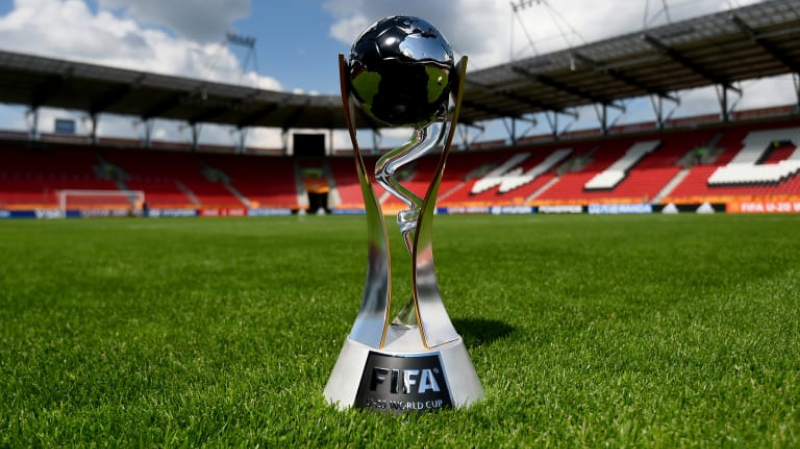
Steven Danis
Football Tribe Indonesia
With the withdrawal of Thailand-Myanmar joint proposal to host the FIFA U-20 World Cup in 2021, Indonesia is the only SEA nations who still run the bidding and will face against Brazil, Peru and joint Bahrain – Saudi Arabia – UAE as host. With a back up from PSSI, the Indonesian Government and AFF, they will wait until the host is announced this October in Shanghai, China.
To realize that big dream, hosting a form of a World Cup tournament for the first time, here are ten stadiums which will be the venues of FIFA U-20 World Cup in Indonesia.
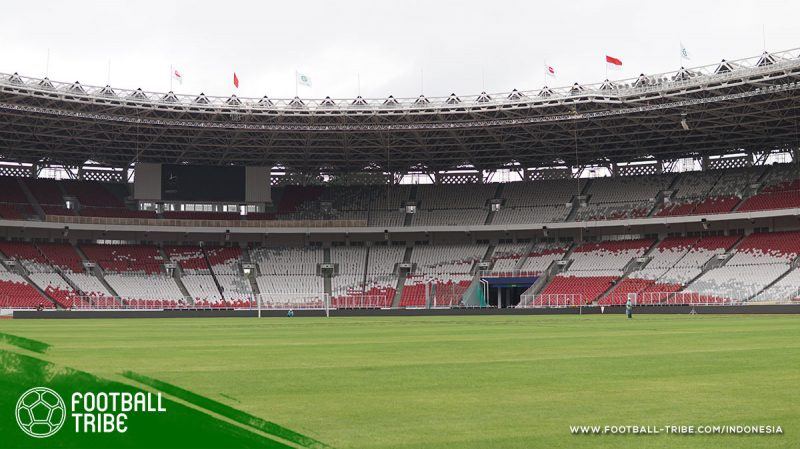
Gelora Bung Karno Main Stadium, Jakarta
Capacity: 77,193
Tenants: Indonesia National Football Team, Persija Jakarta (2008-2016, 2018-present)
The stadium was constructed in the 1960s to hold the 1962 Asian Games in Jakarta. Initiated by the first president, Soekarno, and named after him in 2001, the stadium's capacity was approximately 110.000 spectators but reduced twice until today. The so-called Luzhinki Stadium's twin brother has a record attendance of 150,000 people, who turned up to watch Persib Bandung vs PSMS Medan in the national football tournament on the 23rd of February, 1985. The latest renovation was for the 2018 Asian Games, and now GBK Main Stadium is all-seated and also will host the first two home game of Indonesia Senior National Team for the 2022 FIFA World Cup and 2023 AFC Asian Cup qualifiers.
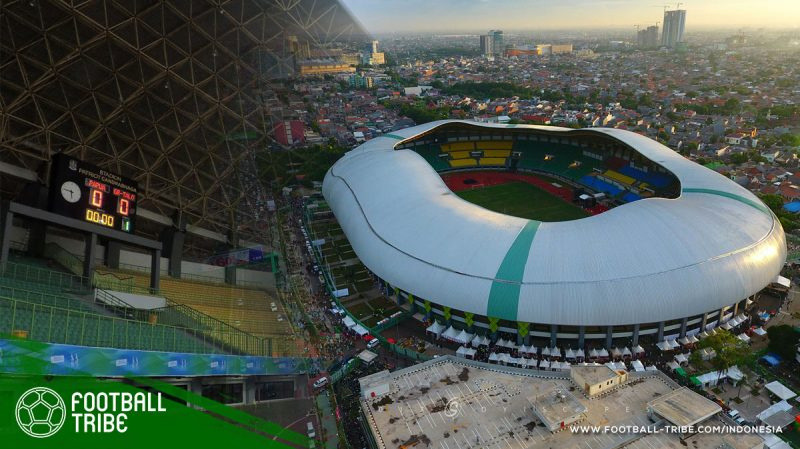
Patriot Chandrabhaga Stadium, Bekasi City
Capacity: 30,000
Tenants: Persipasi Bekasi; Persija Jakarta and Bhayangkara FC (for selected matches)
Built in 1980, with capacity only about 5.000 – 10.000 spectators, the stadium was upgraded into an international stadium since 2011 and already held some international tournament like 2018 Asian Games Men’s Football and 2018 AFC U-19 Championship. Sadly there’s no bigger club playing at this stadium - two Liga 1 clubs select several matches to play here, but the original owner is still stuck in Liga 3.
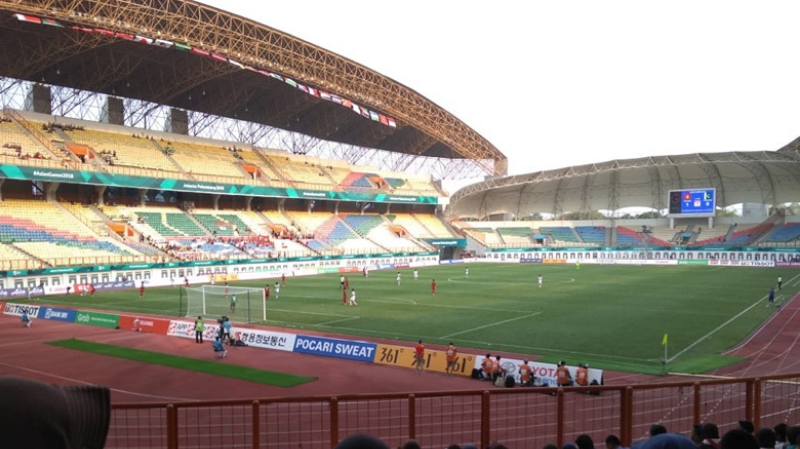
Wibawa Mukti Stadium, Bekasi Regency
Capacity: 30,000
Tenants: Persikasi Kabupaten Bekasi, Indonesia National Football Team (for selected matches)
Built in 2014 for the 2014 PORDA Jabar XII (East Java Olympiad-Sport Week event) and 2016 PON XIX (Indonesian National Olympiad-Sport Week event), the stadium also became a venue for 2018 Asian Games. Beside being all-seated, the stadium also has excellent transportation access, close to the Cibatu KM 34.7 Jakarta - Cikampek toll gate. The stadium located in the industrial environment in Cikarang.
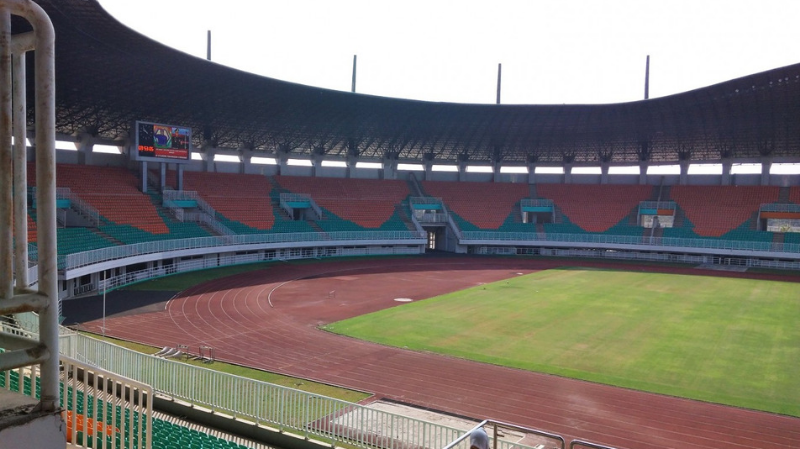
Pakansari Stadium, Bogor
Capacity: 30,000
Tenants: PS TIRA-Persikabo, Indonesia National Football Team (for selected matches)
The stadium is the new home for Persikabo Kabupaten Bogor (now merged with Liga 1 contestant, PS TIRA) to replace their old stadium, Persikabo Stadium since opened in 2015. The Pakansari Stadium also held the first leg of 2016 AFF Cup Final First Leg and became one of the host stadiums used for 2018 Asian Games Men’s Football and 2018 AFC U-19 Championship.
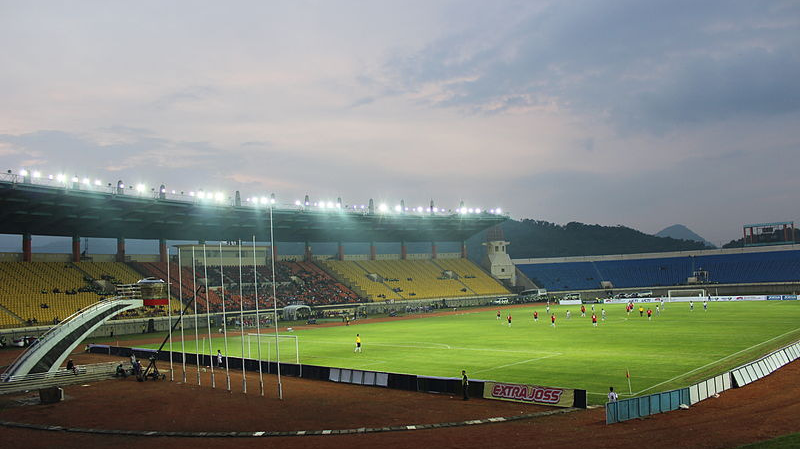
Si Jalak Harupat Stadium, Bandung Regency
Capacity: 27,000
Tenants: Persikab Kabupaten Bandung (2005-present), Persib Bandung (2009-present)
This is one of the notable stadia in Bandung as Siliwangi Stadium which originally used for Persib Bandung before they moved into “their little brother” stadium since 2009 and contest there, along with the original tenants of Liga 1. To realize the World Cup dream personally I think this stadium needs some renovation to become an all-seated stadium and have the same technologies and qualities that are used in the GBK Main Stadium.
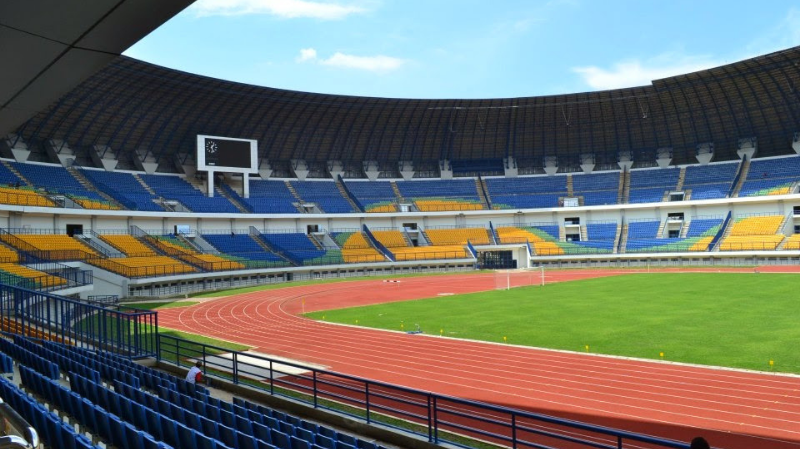
Gelora Bandung Lautan Api Stadium, Bandung City
Capacity: 38,000
Tenants: Vacant, Formerly Used by Persib Bandung.
Another sad story in Bandung as this stadium, which has four stories with an area of 72,000 square meters, combined with other supporting facilities with a total of 40 hectares, is no longer used tenants as Persib Bandung rejected to play here since it opened in 2013. Some rumors said the construction isn’t good and may make a big disaster for Bobotoh and other people who are watching Persib games. It has a similar situation to the Si Jalak Harupat Stadium; to realize it's World Cup, dream all stakeholders will need to solve the stadium's problems.

Mandala Krida Stadium, Jogjakarta
Capacity: 35,000
Tenants: PSIM Yogyakarta
The stadium is used mostly for football matches in general and also held several large events in the city of Yogyakarta, such as concerts, the presidential campaign, and Eid prayers. With its renovation, the government also want to build a sports complex like in Jakarta and Palembang around the new Mandala Krida with some venues for wall climbing, beach volleyball, outdoor basketball, international athletic circuit and so on. The tenants are in Liga 2; PSIM Yogyakarta, who hopes to return to the highest level since being brought by Jakarta based-businessman, Bambang Susanto, this season.
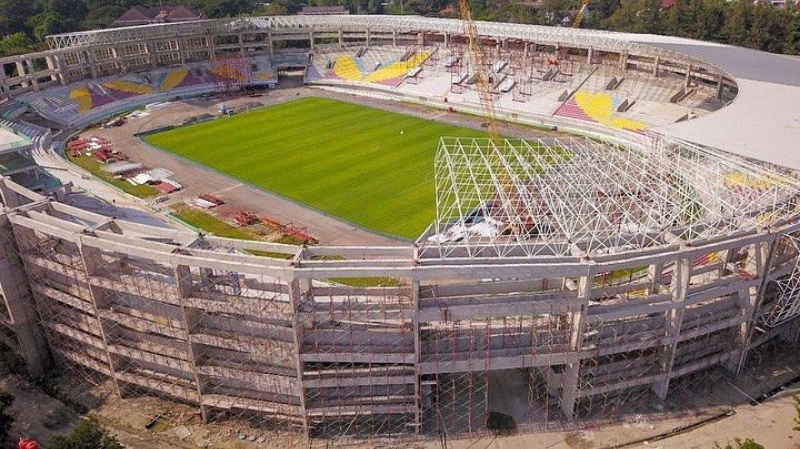
Manahan Stadium, Solo
Capacity: 25,000
Tenants: Persis Solo (2006-present)
Manahan is the first stadium in Indonesia which hosts the biggest disabled sporting event in Southeast Asia, the 2011 ASEAN ParaGames. Inaugurated on 21st February 1998 by President Soeharto, this stadium already hosted several national tournament events including 2006 Liga Indonesia Final and 2010 Piala Indonesia Final. Not only Persis Solo and Indonesia National Football team who already played here, several clubs like Persija Jakarta, Persik Kediri and Persibo Bojonego also played here. The last two clubs used this as their home base for Asian competitions. Revitalization of the stadium will be finished by September 2019. After renovation, it is expected to transform into a mini Bung Karno Stadium (GBK) as the capacity reduced from 25,000 to 20,000 approximately.
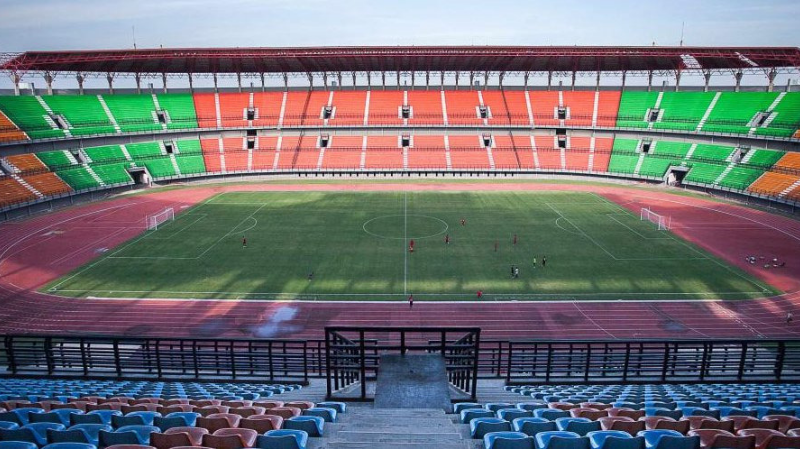
Gelora Bung Tomo Stadium, Surabaya
Capacity: 50,000
Tenants: Persebaya Surabaya (2010-present)
Gelora Bung Tomo in Surabaya had the same story with Pakansari in Bogor. It was built to replace the Gelora 10 November as the new home for Persebaya Surabaya. Named after national independence heroes, Sutomo, it was designed by Malay architects KLIA and inaugurated on 11th August 2010 by President Soesilo Bambang Yudhoyono. The atmosphere of this stadium is like a famous South American stadium, River Plate’s El Monumental.
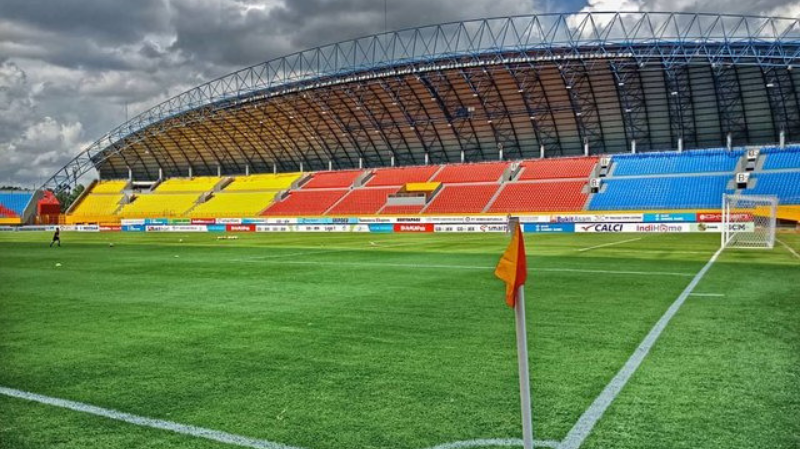
Gelora Sriwijaya, Palembang
Capacity: 23,000
Tenants: Sriwijaya FC
Also known as Jakabaring Stadium, the arena opened in 2004 was already used for several tournaments such as 2007 AFC Asian Cup, 2013 Islamic Solidarity Games, 2018 Asian Games, and AFF Women’s Championship. Later renamed as Gelora Sriwijaya to honor and celebrate the 7th to 13th-century Indonesian empire of Sriwijaya, the latest renovation is for the 2018 Asian Games, converting it to an all-seater stadium. Sadly, after the events, 335 of the new seats were damaged by fans in the aftermath of a Sriwijaya F.C. loss as Elang Andalas, who already won two league and two national cup titles, are now relegated to Liga 2.

